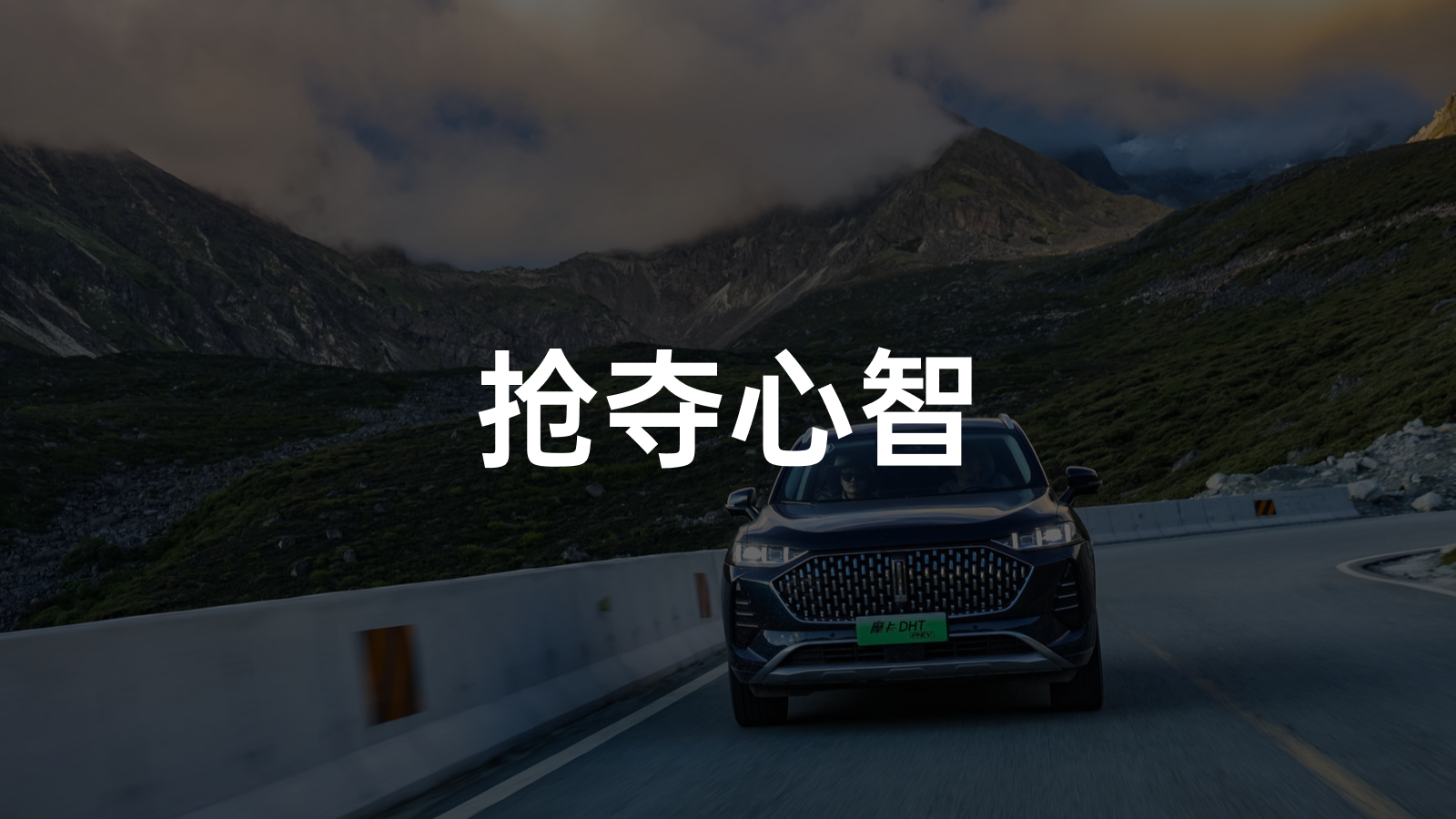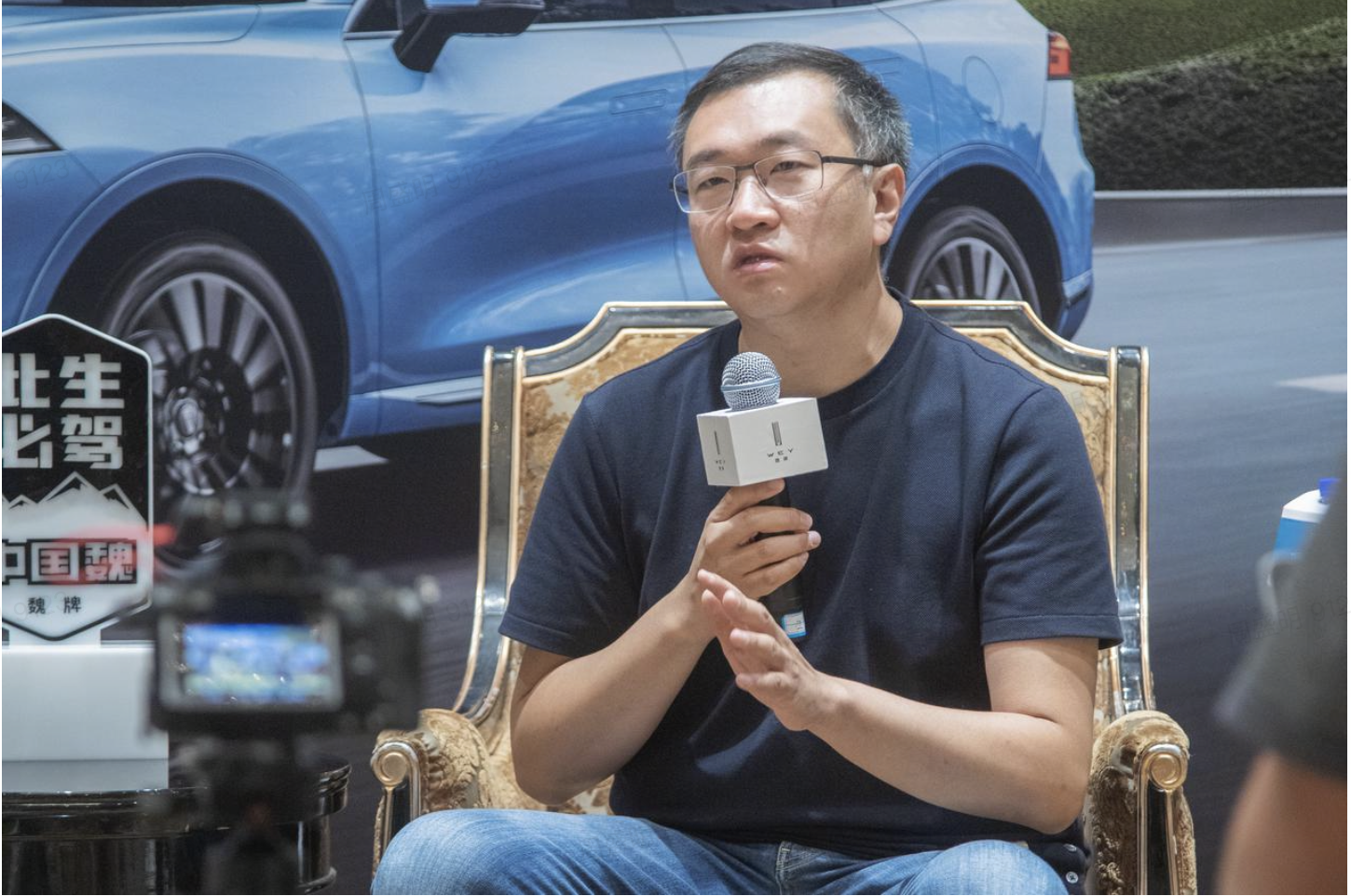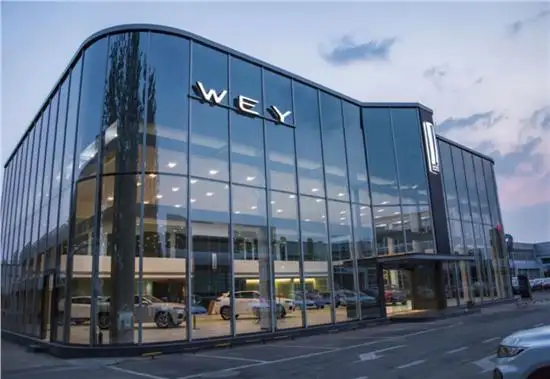If you have to classify self-driving routes in China, 318 National Highway is undoubtedly the first choice for self-driving enthusiasts.
Starting from the People’s Square in Huangpu District, Shanghai in the east, and ending in Youyi Bridge, Zhangmu Town, Nilam County, Tibet Autonomous Region in the west, passing through eight provinces (municipalities, autonomous regions) including Shanghai, Jiangsu, Zhejiang, Anhui, Hubei, Chongqing, Sichuan, and Tibet, with a total length of 5,476 kilometers, 318 National Highway is the longest highway in China.
Scenic beauty is one of its features. 318 National Highway spans eastern, central and western China, including plain, hills, basins, mountains, and plateau landscapes, and features Jiangsu-Zhejiang water town culture, Tianfu Basin culture, and Tibetan cultural landscapes along the way, offering breathtaking, dangerous, unique, beautiful, impressive and grand landscapes from the Chengdu plain to the Qinghai-Tibet Plateau, recommended by the National Geographic magazine as “the scenic highway of Chinese people”.
However, the difficulty of 318 National Highway is also the reason why self-driving enthusiasts hold it in awe. The 2,142-kilometer route from Chengdu to Lhasa is known as the Sichuan-Tibet Highway, which is the most complex and breathtaking section of 318 National Highway. On this route, you need to cross mountains, climb hills, pass through tunnels, and cross bridges. You will also have to conquer more than 13 mountains with an altitude exceeding 4,000 meters, such as the Zheduo Mountain, the Gao’er Temple Mountain, and the Mira Mountain; navigate through the Nujiang River, the Lancang River, the Jinsha River, the Dadu River, and other major rivers, and tackle winding mountain roads such as the Nujiang 72 Bends…
From June 21st to July 17th, the Wei Pai Mocha DHT-PHEV team took 29 days to travel nearly 5,000 km along 318 National Highway from Hangzhou to Lhasa. Why did Wei Pai take on such a challenge?
Compared with the complete energy supply system in the city, the Sichuan-Tibet Highway of 318 National Highway has poor road conditions and scarce charging stations, which is not very friendly to pure electric vehicle models. Wei Pai’s idea is simple: to prove that new energy SUVs also have the ability to travel comfortably to Tibet.The Weipai Mocha prides itself as an all-scenario comfortable ride, that is powered by the three-and-a-half-year-long and multimillion-dollar development of the Ningmeng DHT hybrid technology. Amid the debates on the route of extended range and plug-in hybrid, Li Ruifeng, the CEO of Weipai, did not try to hide his disdain for the extended range technology:
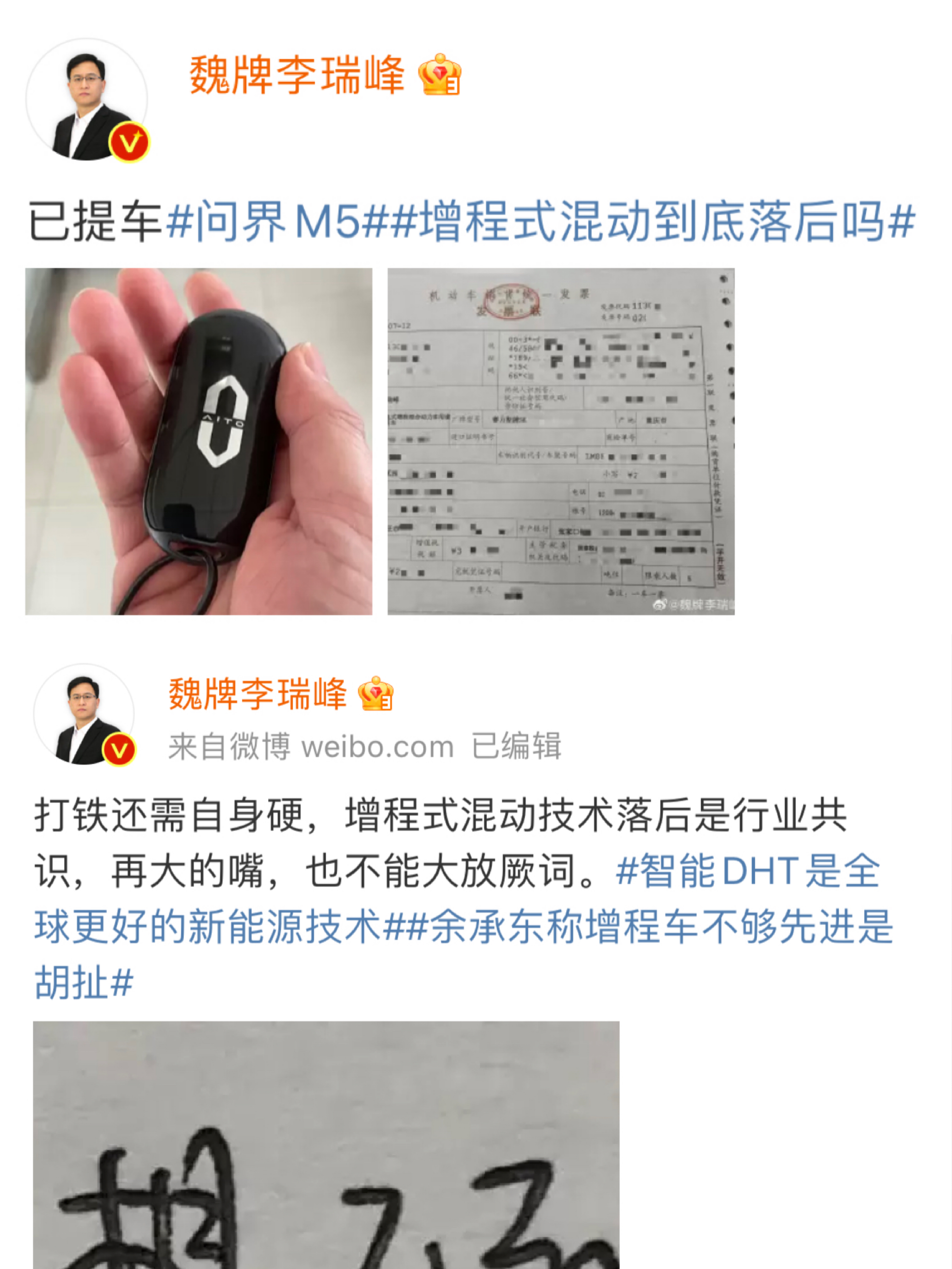
Regardless of whether this “eye-catching” marketing approach is correct or not, let us start looking into the differences between the extended range and plug-in hybrid from the perspective of the technology route, by taking a closer look at the technology on the Mocha DHT-PHEV.
The tradeoffs of hybrid technology
Large battery + two-stage direct drive, a comprehensive technical solution
The Weipai Mocha DHT-PHEV is a branch of the “Ningmeng DHT hybrid system” of Great Wall, which includes two main special hybrid engines of 1.5L/1.5T, DHT special hybrid transmission, motor, and motor controller. Being the flagship model of the family, the Weipai Mocha is equipped with a 1.5T special hybrid engine and a large-capacity 622 three-element lithium battery from the FNE company.
Data-wise, this engine adopts the Miller cycle, with a maximum power of 115 kW, peak torque of 235 N·m, and maximum fuel thermal efficiency of 41\%. Compared with the 1.5L engine, this set of 1.5T engine is more performance-oriented. The 39.67 kWh battery in the system can provide a WLTC range of 204 km (two-wheel drive)/175 km (four-wheel drive).
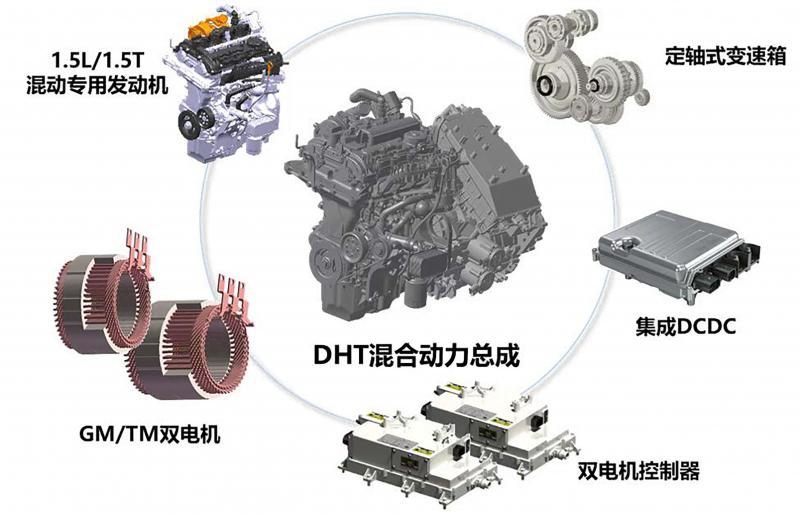
From the perspective of the hybrid technology architecture, the Mocha DHT-PHEV belongs to the P1/P3 architecture. “P” means “Position,” i.e., the position of the electric motor. The P1 electric motor is what we commonly refer to as the “ISG motor”. In Weipai’s system, this motor serves the purpose of electricity generation and is also the key to achieving the series mode. The BSG motor, commonly used in mild hybrids, is connected to the engine via a belt and pulley system, which cannot achieve high-power input/output. Compared to the BSG motor, the ISG motor can be hard-connected to the engine, hence offering higher efficiency.
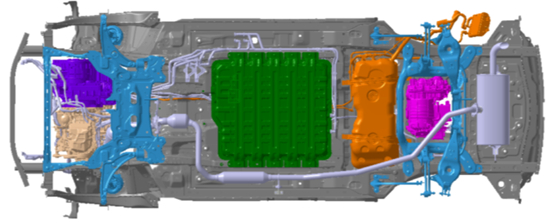
The P3 motor of the Mocha DHT-PHEV is located behind the gearbox output shaft and is connected to the front axle via gears. Compared to the P2 motor layout commonly found in German cars, which is located in front of the clutch, the P3 motor has two major advantages:- Direct power output: The power of the P3 motor is directly connected to the front wheels through the reducer, resulting in very little power transmission loss.
- Higher energy recovery efficiency: Also due to the short power transmission chain, the P3 motor can recover more energy.
Sound familiar? Up until this point, the DHT hybrid system that WeiPai Mocha is equipped with is very similar to BYD’s DM system, with the P1 and P3 motors positioned on the two parallel input shafts in the gearbox. But the next part is the highlight of WeiPai’s hybrid system: the dual-speed transmission.
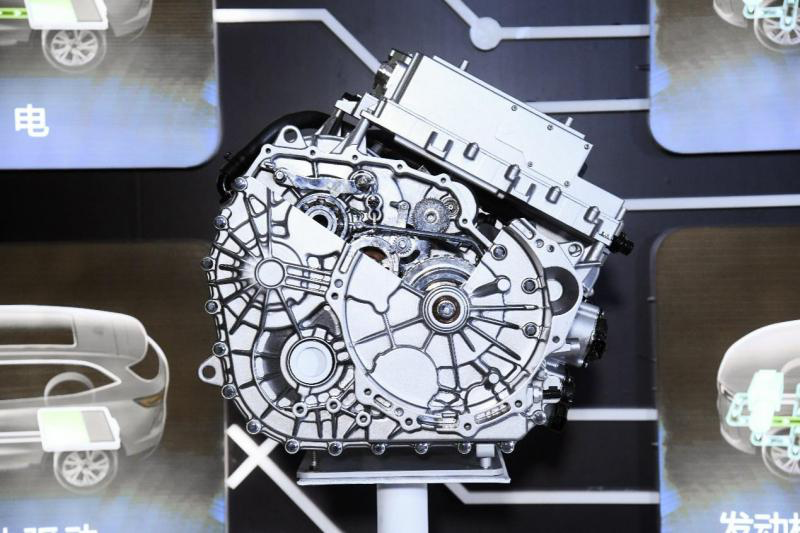
The Honda i-MMD and BYD’s DM-i only have one direct-drive gear ratio, with the gear ratio similar to a traditional 6-speed, a high-speed cruising gear. Whereas the WeiPai Mocha DHT-PHEV added another gear ratio that is similar to a traditional 3-speed. We know that the engine is always in the optimal efficiency range at medium to high speeds. A single gear ratio can only satisfy the “high-speed” working conditions, and the added gear ratio can achieve better fuel economy at a moderate speed of 40 km/h or higher.
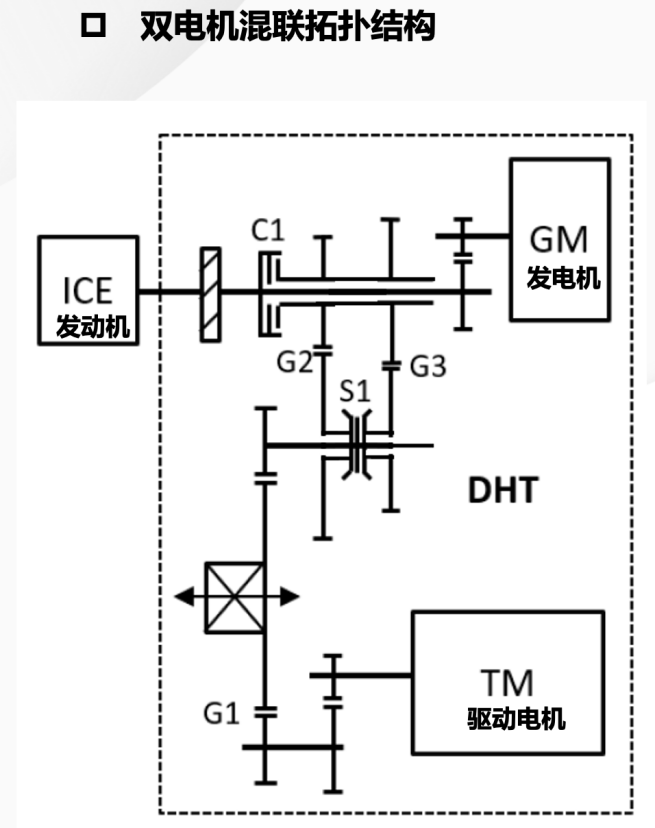
Some might wonder: isn’t this speed range also the optimal efficiency range for the motor? Is adding another gear ratio unnecessary? However, we need to consider the scenario of battery feeding. If the “series mode” is still used at that time, it becomes similar to range extender technology and cannot maximize fuel economy.
The WeiPai Mocha DHT-PHEV has a total of five basic operating modes:
-
Pure electric mode: The engine is in the low-efficiency range under city congestion and low-speed conditions. At this time, the clutch is disengaged, and the engine and front axle are decoupled and directly driven by the P3 motor.
-
Series mode: When the battery is feeding at low speeds, the motor controller controls the power flow, and the engine drives generator P1, and P1 motor supplies power to drive motor P3 for driving the wheels.
-
Parallel mode: The engine intervenes in direct drive during sudden acceleration and high-speed driving, and the driving motor P3 is used as an auxiliary to ensure that the engine is always in the high-efficiency zone.
-
Engine direct drive mode: BYD’s DM and Honda’s i-MMD can only directly drive at a high-speed narrow speed range, but the WeiPai Mocha DHT-PHEV can intervene at 40 km/h and have better fuel consumption and power performance in the feeding state. The officially stated torque at the wheel end of the dual-speed mechanism is about 1,000 N·m higher than that of the single-speed series and parallel architecture, according to Great Wall.- Regenerative Braking Mode: P3 electric motor generates electricity and recovers it into the battery during deceleration.
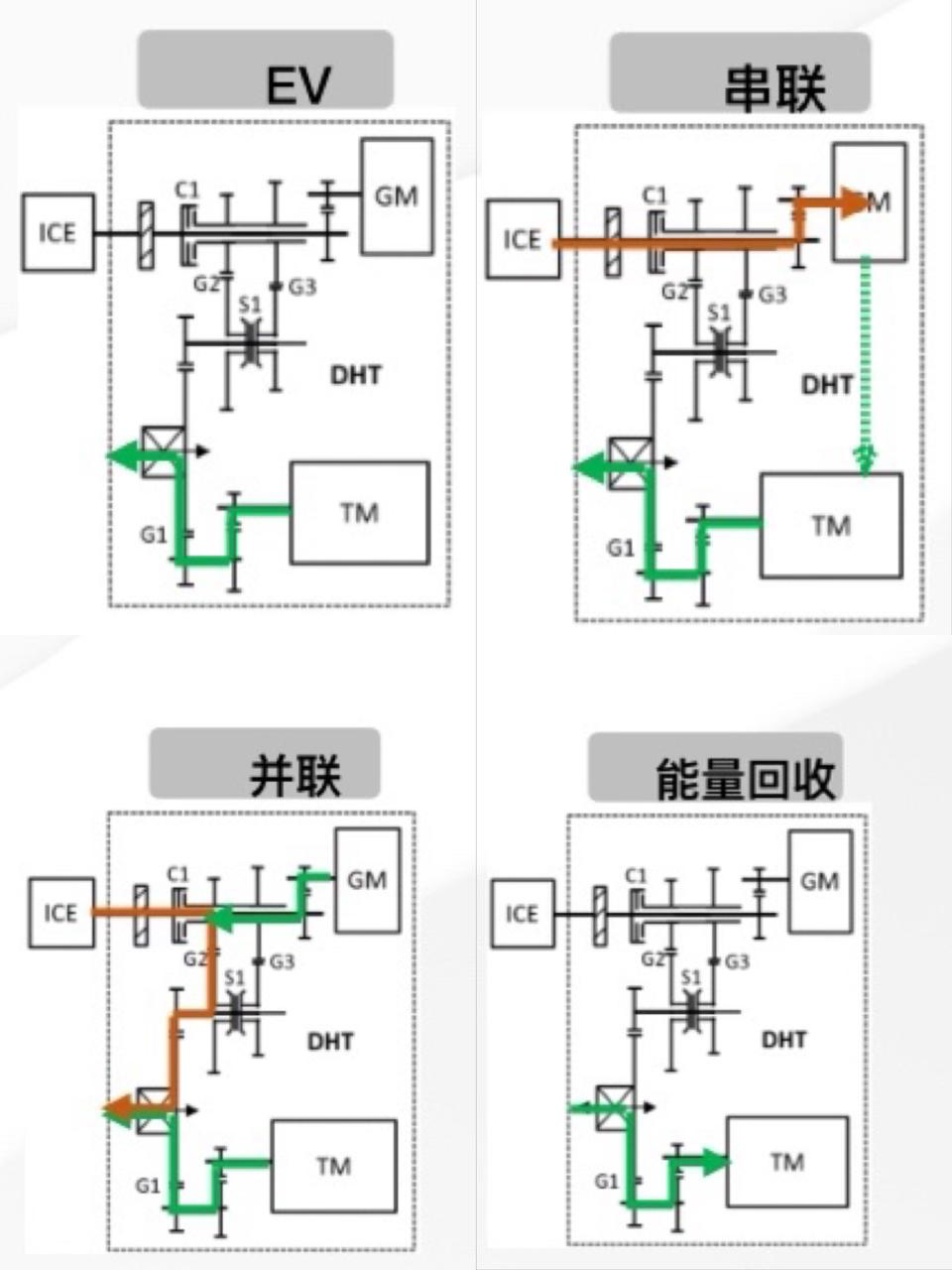
The core working principle of the Lemon hybrid DHT is to always make the engine work at the highest efficiency point or maximize the efficiency of the engine so as to achieve the overall optimal performance. In terms of fuel consumption, the comprehensive fuel consumption of the Mocha DHT-PHEV two-wheel drive is only 5.55 L, and that of the four-wheel drive is only 6.3 L even in the lowest charge state. The fuel consumption of the feed motor of large SUVs with the same power level in range-extended hybrids can easily reach 8-9 L or even exceed 10 L on high speed.
So the question is, if the big battery plug-in hybrids represented by the Wei brand Mocha DHT-PHEV have achieved “all-round” from a technical point of view, why is the range-extended hybrid structure still so popular?
Technical level doesn’t matter, experience is king
After reading the above introduction, it is much easier to understand the principle of the large battery range-extended hybrid. From the perspective of technical classification, range extension should belong to the category of hybrids, but because there is no direct drive gear of the engine, you can understand range extension as “0-gear hybrid”.
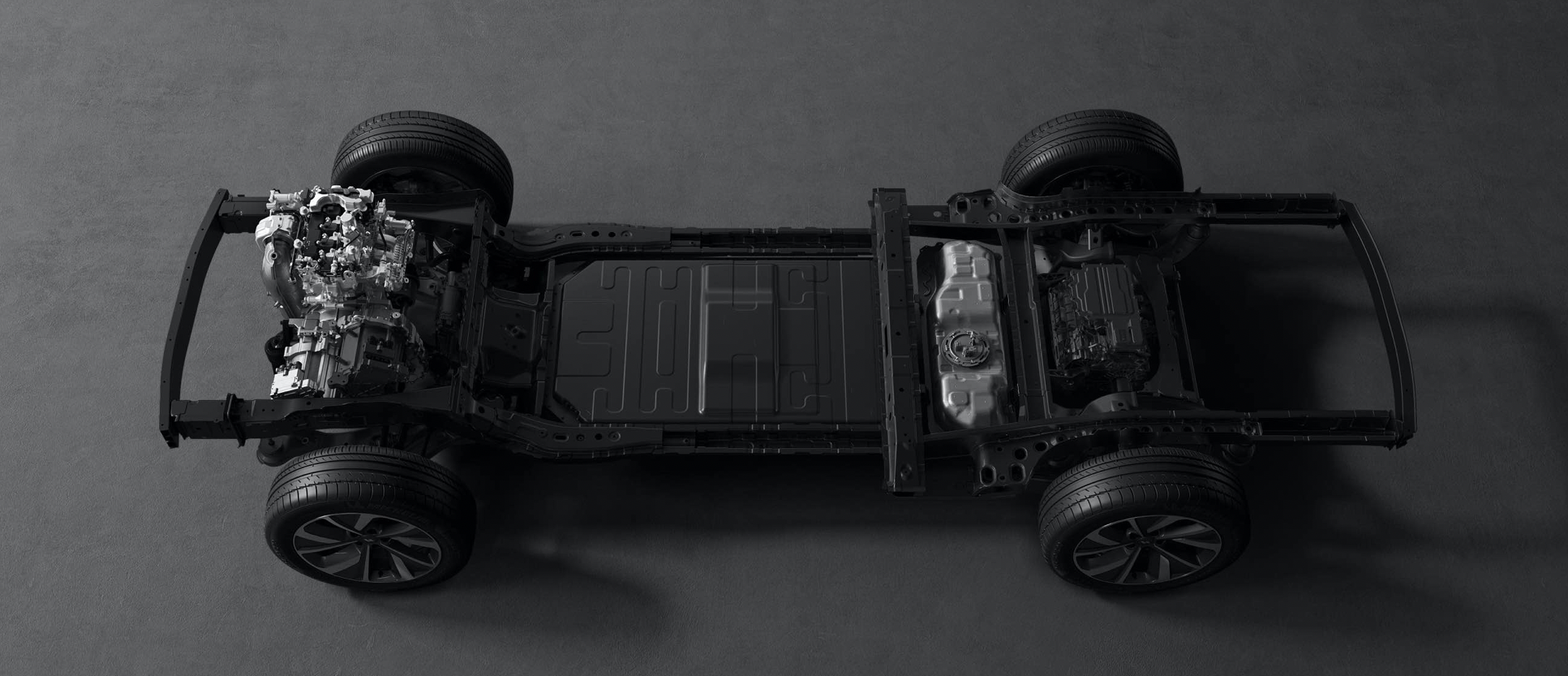
AITO, Ideal and Voyah are all in this category. As mentioned above, the 5 basic working modes of series-parallel DHT hybrids represented by the Wei brand Mocha DHT-PHEV are: pure electric, series, parallel, engine direct drive and regenerative braking, of which there are three modes in range-extended hybrids: pure electric, series, and regenerative braking.
So from a technical point of view, the high fuel consumption of range-extended hybrids in feeding and long-term high-speed driving can be explained. The engine (range extender) generates power for the generator, which needs to supply power to both P2 and P4 driving motors and keep the battery charged. As a result, the engine speed will increase during high-speed driving and battery feed, and it will leave the high-efficiency range.
First of all, it should be clear that the complexity of the DHT hybrid system of the Mocha is higher than that of the range-extended hybrid. We all know that adding single gears, double gears or even triple gears can have better fuel-saving performance, but behind this is a more complex electronic control system and years of accumulated R&D experience. New players in car manufacturing have not been in the industry for long, and without engineering experience, it is difficult to achieve a good experience with this system.
Taking the Mocha DHT-PHEV as an example, the structure of single-clutch double gears means that the entire hybrid system needs to switch according to different working conditions. The optimization of NVH and vibration in gear shifting and switching between series and parallel can only be handled by traditional car companies.
The reason is simple: if you cannot handle a more complex system, resulting in a product that only has a complex appearance but a terrible experience, it is obviously putting the cart before the horse. Furthermore, for new brands, PHEV is indeed a transitional technology for comprehensive pure electric vehicles, and it is not wise to invest a lot of money to develop a direct-drive hybrid system now.
Instead, it is wise to spend money on the necessary areas, invest more funds in the research and development of battery electric drive, intelligent technology, and form differentiated competition with traditional automakers.
The last but most critical point is that users care more about the experience than technology. According to the statistics from Ideal Automotive, the ratio of pure electric driving mileage to total driving mileage for its ONE model in major cities is over 64%, and the ratio of pure electric usage time to total usage time is over 80%. In urban scenarios, the gap between PHEV and large battery plug-in hybrid models has been significantly reduced, and a large proportion of medium-speed and low-speed scenarios is also the sweet spot for PHEV models, while the dual-mode hybrid transmission (DHT) technology has increased the risk of failure.
Therefore, for large battery plug-in hybrid models like Mocha DHT-PHEV, the optimal usage scenario is frequent long-distance driving, and the secondary usage scenario is for users who do not have a charging pile at home but need a new energy vehicle.
It is called the secondary scenario because, in the absence of a home charging pile, driving a hybrid system with a battery that is close to 40 kWh every day will cause unnecessary energy waste. For such consumers, the combination of this efficient DHT technology and a medium-sized battery pack is the optimal solution.
According to the principle of Occam’s razor, if it is not necessary, unnecessary entities should not be increased. New forces understand this principle and they highlight their strengths and avoid weaknesses. We cannot simply say that there is a difference in quality between PHEV and plug-in hybrids, but rather that consumers do not care about the technical differences behind them, but rather the user experience is the most important factor.
Most consumers use cars for short-term driving in urban areas. In this case, the advantage of the technology does not bring significant improvements in user experience, and the problem returns to how to establish brand awareness and how to win consumers’ minds.
Winning consumers’ minds is a fierce battle
At the end of this event, Wei Pai’s CMO Qiao Xinyu and Wei Pai Mocha Communications Director Ma Jianlong were interviewed by us. Qiao Xinyu believes that with the advancement of technology, PHEVs have better adaptability than range extender and pure electric models:
First, the DHT with two gears carried by long-range PHEVs can cover more application scenarios, which is really something that many new energy vehicles could not achieve in the past. So we call it the first key point, that is, the scenarios it covers are different from the past.> Secondly, the advancement in technology has actually pushed the PHEV category forward. In the past, PHEVs could not achieve better fuel consumption and driving experience, but now our Moka DHT-PHEV, even in the charging state, has no degradation in fuel consumption, NVH, handling, and overall acceleration. This technology has replaced the traditional meaning of PHEVs, so in terms of driving performance, it is better than the pure electric we talked about before.
It must be sincerely said that Great Wall’s technology research and development strength is very strong. If it is later proved that the durability of this system can satisfy people, then there is no problem with the product power level of the Wei Pai Moka DHT-PHEV.
Therefore, Qiao Xinyu expressed that Wei Pai also needs to learn channel models, user operations, and storytelling methods like new forces:
Now is the era when good wine is afraid of deep alleys. If there is a particularly good product, even if the user cannot experience the product well, it is useless.
For example, the Moka is priced at 300,000. Users think it is a bit expensive when they see 300,000, so they search on the website, and the evaluation report is okay, so they want to give it a try. As a result, they find that the Wei Pai 4S store is far away, and the ideal store is very close to the city center. This is reality.
Qiao Xinyu said in the interview that Wei Jianjun attaches great importance to the Wei brand and has issued him two tasks: First, users can find him on various touchpoints such as the APP, Weibo, etc. If they have questions about products and services, Wei Pai must contact users within one hour on these APPs.
The next step is to face the user, which is the first key to improving the brand’s goodwill. The second is to face the problem directly. Qiao Xinyu told a story:
In our APP, there is a user who is specialized in the study of in-car infotainment systems. He wrote a case analysis for Tesla, XPeng, and NIO, and gave Wei Pai upgrade suggestions. Wei Pai’s rotating president took two days to study with the product, research, and technical staff, and the content pointed out by this user will be upgraded and widely promoted in this OTA.
Qiao Xinyu said that Wei Pai now holds “countermeasure meetings” every Wednesday and Friday to summarize the problems of the past week and give countermeasures. This sincere attitude is not common in traditional car companies. Putting down arrogance is the first step in the progress of traditional car companies, and Wei Pai has taken this step and found the right direction.
Qiao Xinyu also humbly said that the 4S store model makes Wei Pai’s terminal store service experience unable to be unified, and needs to change radically:> The location, enthusiasm, and efficiency of terminal services are currently not very good. The transformation to new energy is aimed at BBA and new forces users. If we don’t make radical adjustments, we will be taken down by others. After all, in the face of a market with more than 250,000 potential customers, product and technology are only the foundation. In the future, user service, quick response, channel location, and channel experience are comprehensive performance indicators. We are now fully listening to user feedback and hope that users will criticize our project more. Criticism can only motivate us to constantly move forward.
Wei Brand’s Next Step
Wei Brand has planned four product series, covering SUVs, MPVs, and sedans. The first series is “City SUV”, in addition to the current three coffee products, Qiao Xinyu said that there will be a 6-seater SUV with front and rear axle electric four-wheel drive that can break 100 kilometers per hour in just 4.8 seconds in the fourth quarter of this year.
The second series is the retro series, which includes the “Dream Come True” model released last year and a compact retro model. The third product category is the MPV, and the Wei brand MPV that adopts DHT technology will make its debut at the Guangzhou Auto Show this year and will be launched in the first quarter of next year.
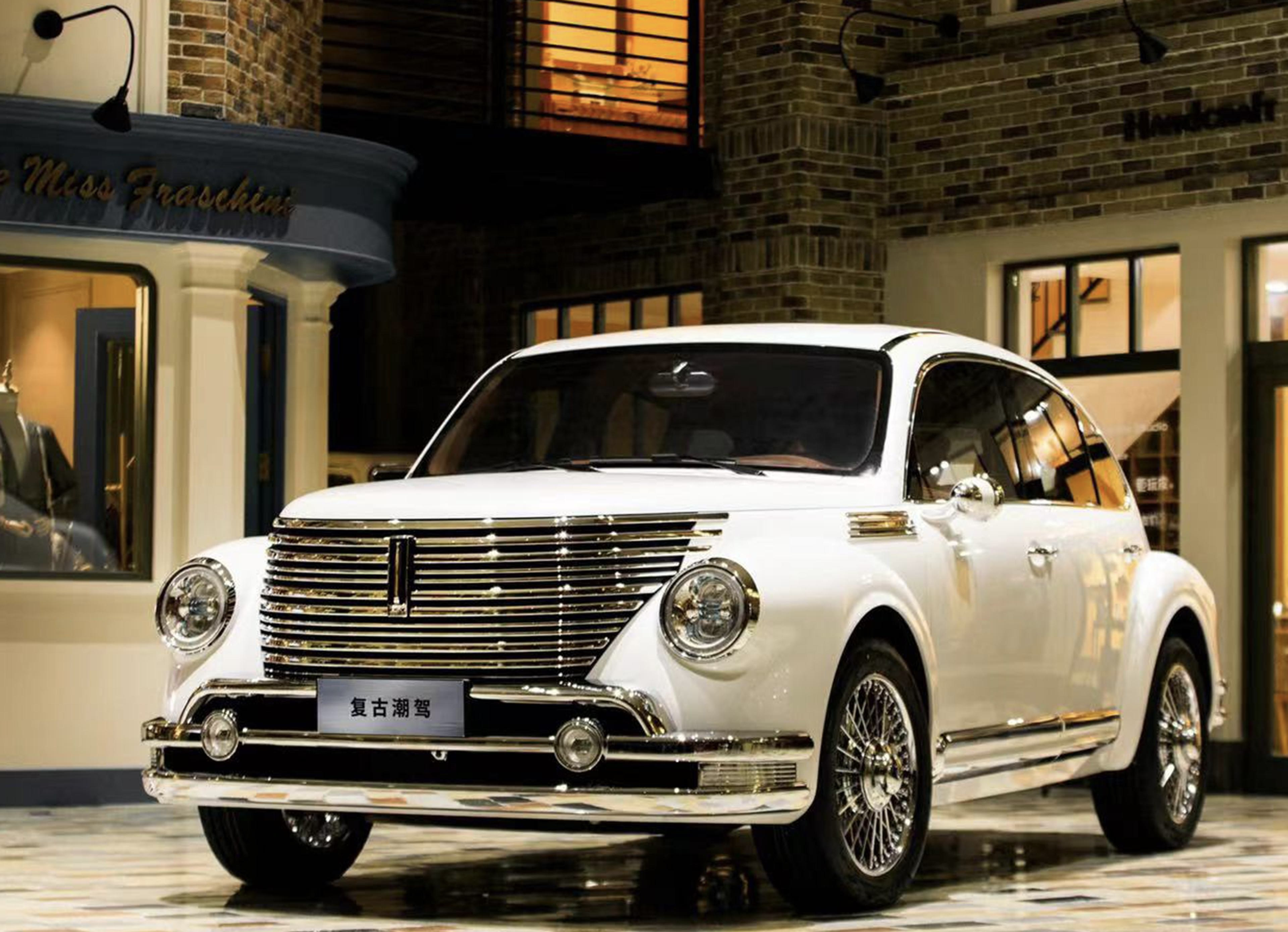
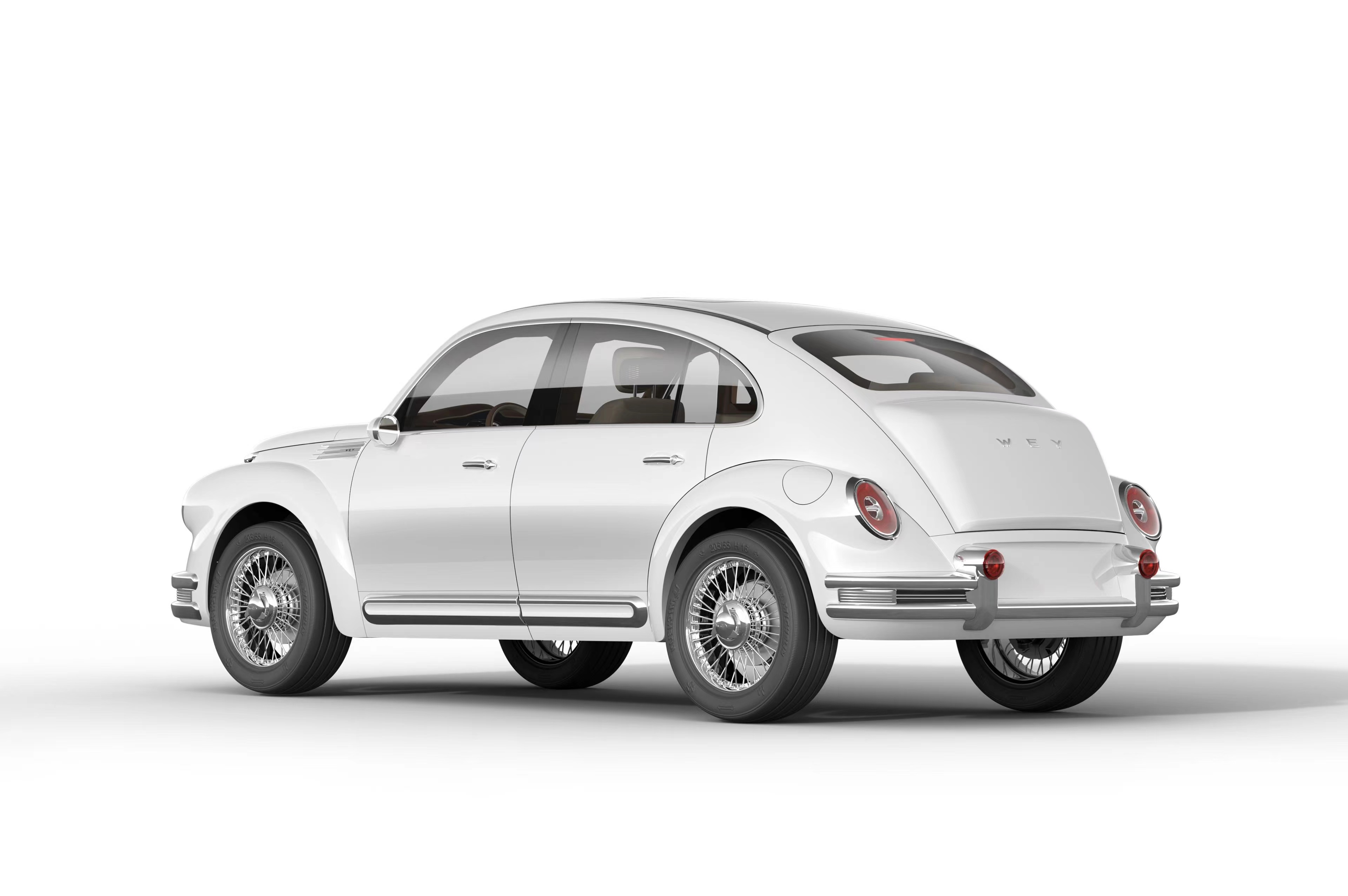
Wei brand has also officially entered the sedan product line. In the sedan product line, Wei brand has reserved two to three product series, including the “Mech Armor”, “Science Fiction”, and “Romantic” series.
As the earliest Chinese brand to enter the high-end market, Wei brand has opened a window upwards with sales for Great Wall. With the accumulation of these experiences, the Tank was launched and the new high-end brand salon is set to be delivered in the middle of this year. The credit that Wei brand deserves from Great Wall cannot be overstated.
For the brand named after the surname Wei Jianjun, Great Wall always holds it in high regard. The Mocha model, as one of its flagship products, is also a publicity tool for Great Wall’s technology. In the future, all Wei brand products will carry the two core technologies of long-distance PHEV and advanced intelligent driving. Qiao Xinyu said that a Mocha DHT-PHEV laser radar version that implements urban NOH function will be released at the upcoming Chengdu Auto Show.
Li Ruifeng, CEO of Wei Brand, said: “We must be a high-end new energy brand.” CMO Qiao Xinyu also said: “The story of brand upwards is painful, and the brand war is a psychological battle. Whether we can quickly occupy users’ mind is very important.”
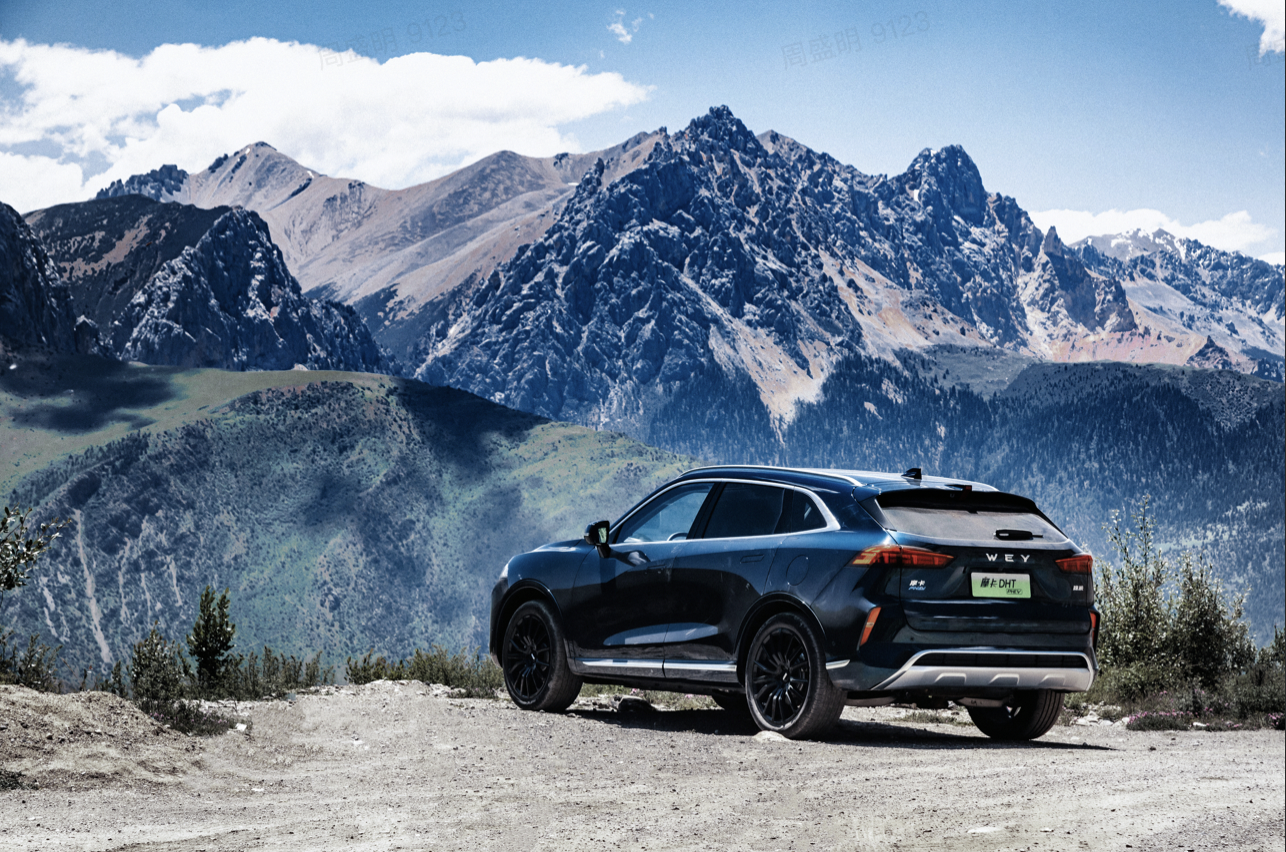 The road to upward branding has never been easy. These two sentences aptly summarize Wei’s ambition and the key to reaching the high-end market. As the Mocha DHT-PHEV crosses G318 National Highway, Wei’s aspirations for the high-end market are self-evident.
The road to upward branding has never been easy. These two sentences aptly summarize Wei’s ambition and the key to reaching the high-end market. As the Mocha DHT-PHEV crosses G318 National Highway, Wei’s aspirations for the high-end market are self-evident.
This article is a translation by ChatGPT of a Chinese report from 42HOW. If you have any questions about it, please email bd@42how.com.
